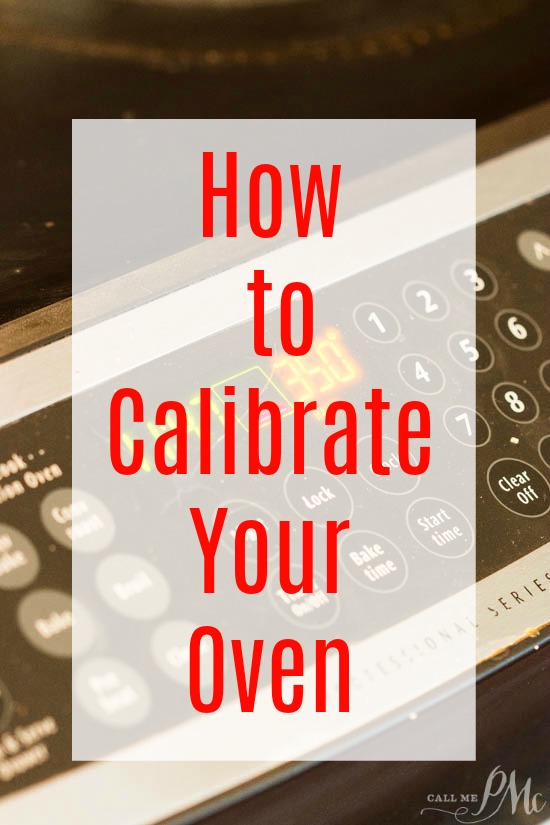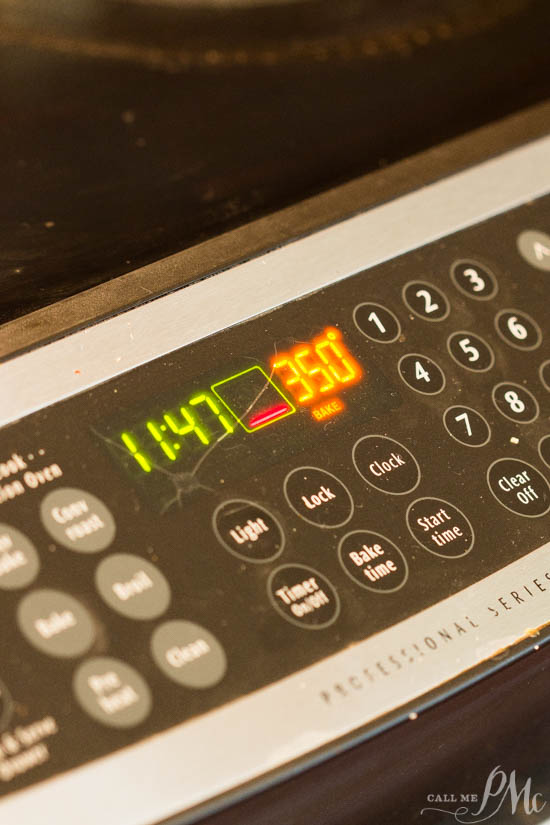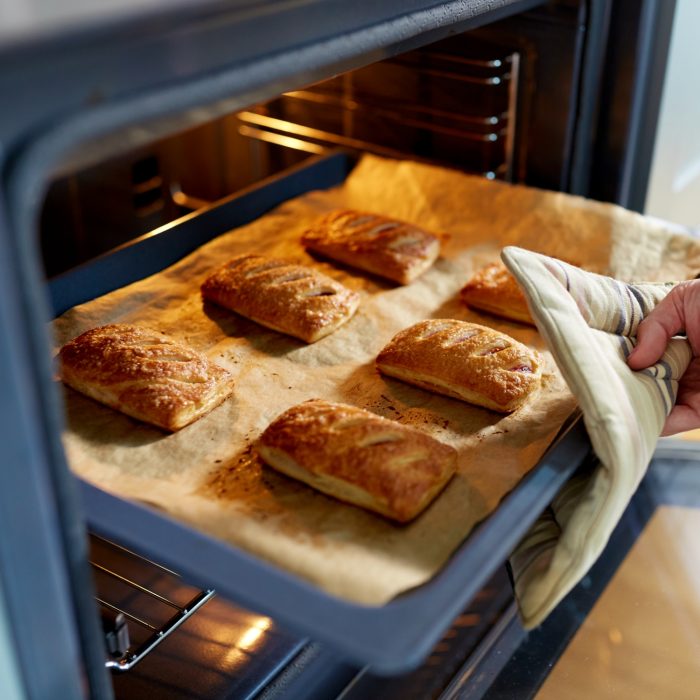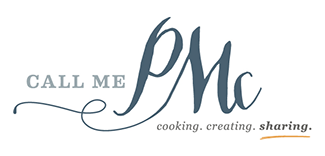How to Calibrate your Oven
This post may contain affiliate links that won’t change your price but will share some commission.
This holiday season is just around the corner which means a lot of holiday cooking and baking. Below is a step-by-step guide on How to Calibrate your Oven! An oven that isn’t true to temperature is the main reason for uncooked, overcooked, and disappointing recipe results.

How to Calibrate your Oven
Calibrating your electric oven temp is a relatively simple process whether you have analog or digital temperature control.
When the temperature is off by 40 to 50 degrees what the temperature is showing can have a huge negative impact on the result of your recipe. Accuracy in temperature is crucial if you want to cook successfully.
I’ve had many comments on my Pound Cake Recipes of cakes that don’t turn out as mine did. The first thing I ask is ‘have you calibrated your oven?’

How to Calibrate your Electric Oven
- First, you need an oven thermometer with good accuracy. It doesn’t have to be an expensive thermometer. I suggest one like this oven thermometer. (Pro tip: Professional bakers recommend replacing your oven thermometer every year to assure accuracy.)
- You’ll also need a Phillips head screwdriver if your oven has analog controls
- Place a rack in the center of the oven and place your thermometer in the center of the rack. Close the door. Most ovens have hot spots. These are caused by the position of the elements (heating coils) and temperature cycles in the oven. The temperature is calculated where the oven’s internal thermometer is. All ovens have an internal thermometer.
- Now, turn the oven to 350° F. Keep the thermometer in the oven during preheating, and don’t open the door.
- Once the oven beeps indicating it has reached full temperature, check the temperature through the oven window. (If your oven doesn’t have a window open the door quickly and check the temp.
- If the oven thermometer shows a reading that is above or below 350℉ by 15 degrees or more, you will need to calibrate your oven.
Finally, if the temperature is outside that range it needs to be adjusted. Every brand and model is different in the process to calibrate. Review your owner’s manual or look brand and model online to get the correct steps for your particular oven. If this fails you may want to call in an expert to calibrate it for you. You will be happy you did.

Calibrating electric ovens with analog controls
- First, remove the oven temperature knob and turn it over. There should be either one or two screws on the back of it.
- If your oven is running hot, turn the screw clockwise.
- If the oven is running cold, turn the screw counterclockwise.
- Turn them slowly about an eighth of a turn at a time. The smallest turn may result in a large temperature change.
- Now, retest your oven to ensure it reaches the right temperature after calibration. Repeat as necessary to get the target temperature. Calibrating electric ovens with digital controls

A Dirty Oven
Additionally, I want to mention how a dirty oven affects food and flavor.
A dirty oven will have an effect on food, particularly baking. The continuous burning of grime creates carbon-based fumes, which will alter the taste of bread, cakes, or anything in the oven for that matter. As well, it will leave your cakes, bread, and other baked goods tasting smoky and scorched.
Furthermore, the grease will also reduce the efficiency of an oven, meaning it will take longer to cook food while also wasting energy. Complex recipes (baking) often call for accurate cooking times. If you use a dirty, oven you constantly run the risk of your food not cooking properly. If your oven door isn’t clean, you can’t peer in and check the food. As well, you’ll lose valuable heat if you constantly open your oven door. That being said, heat has to pass through extra layers of grease, grime, and burnt food in a dirty oven, so your food might not even cook evenly in the first place.
